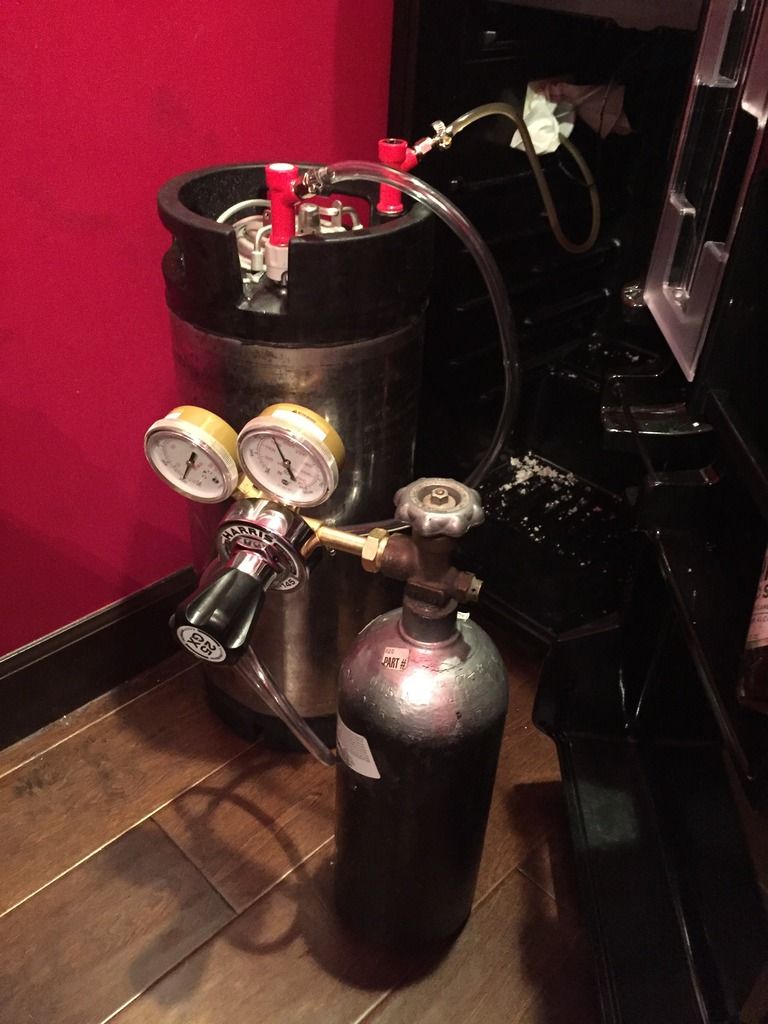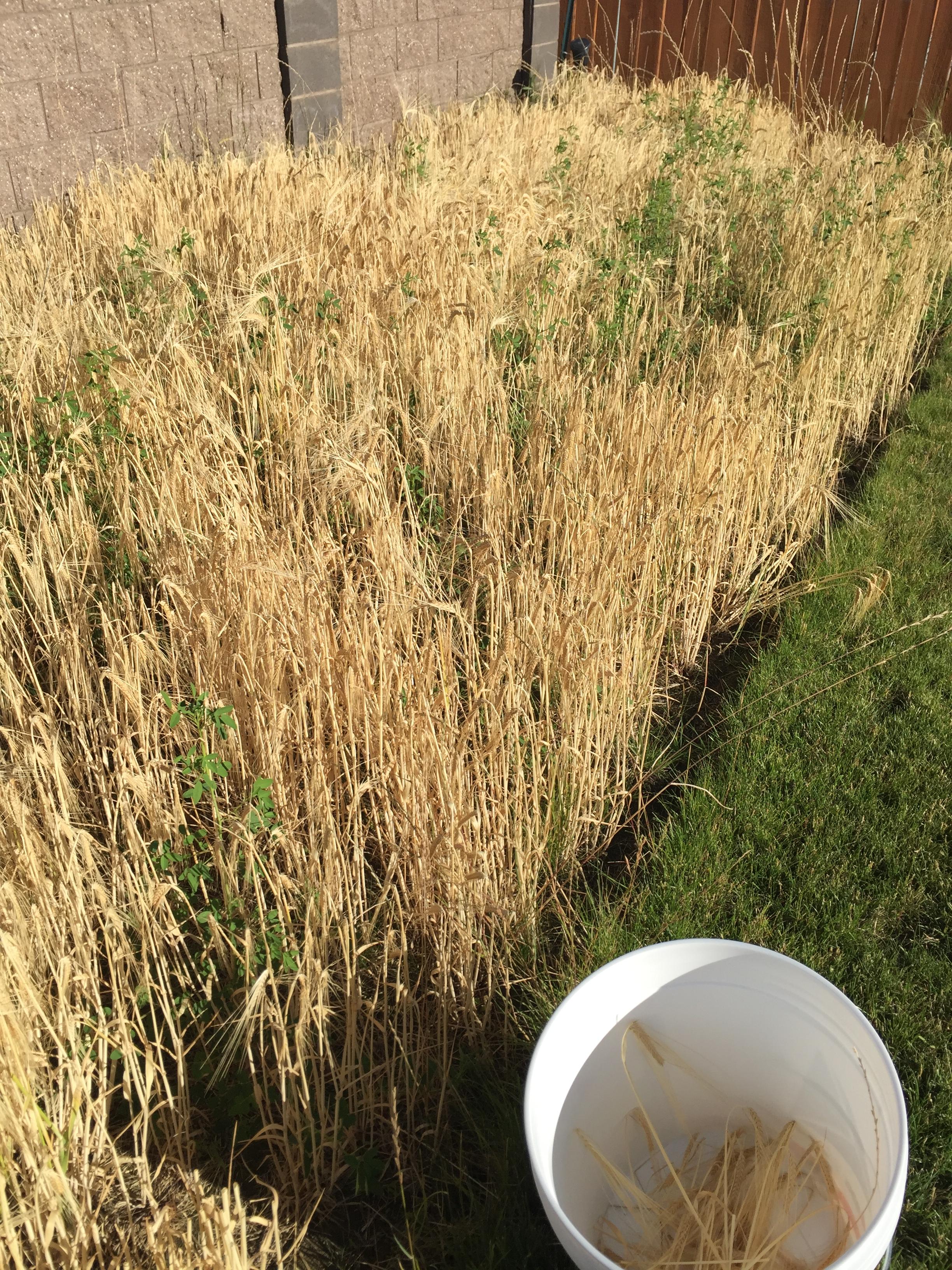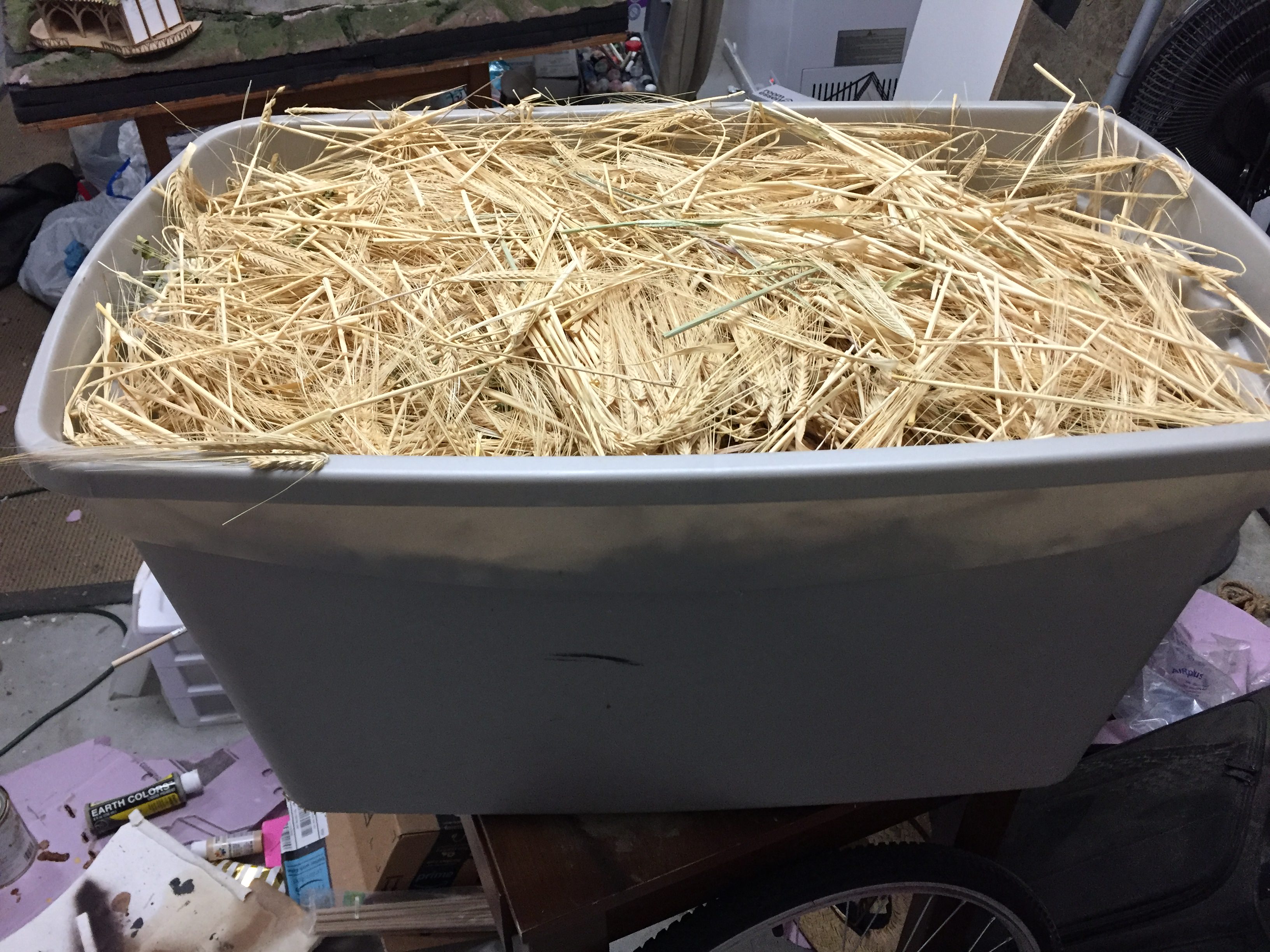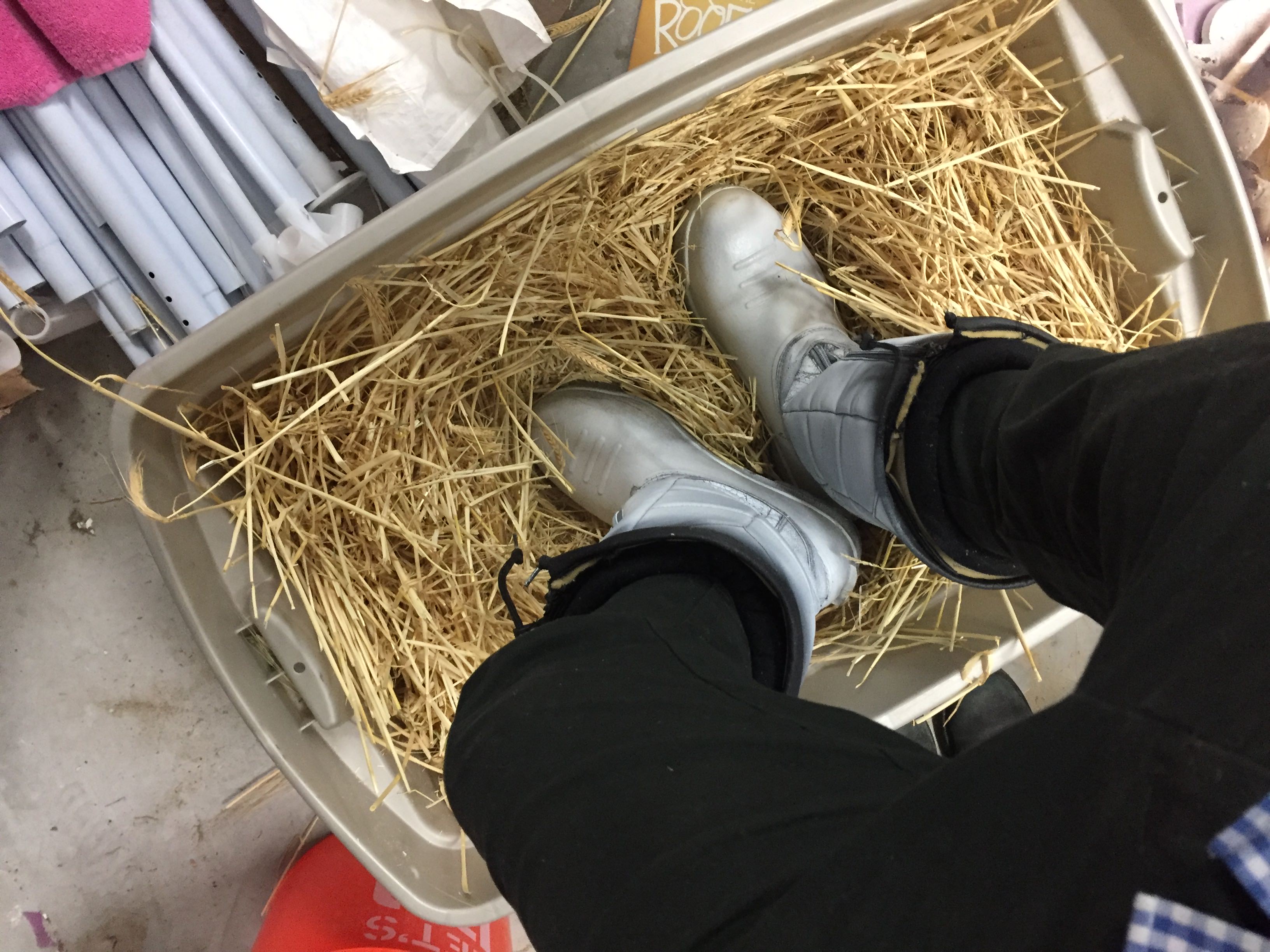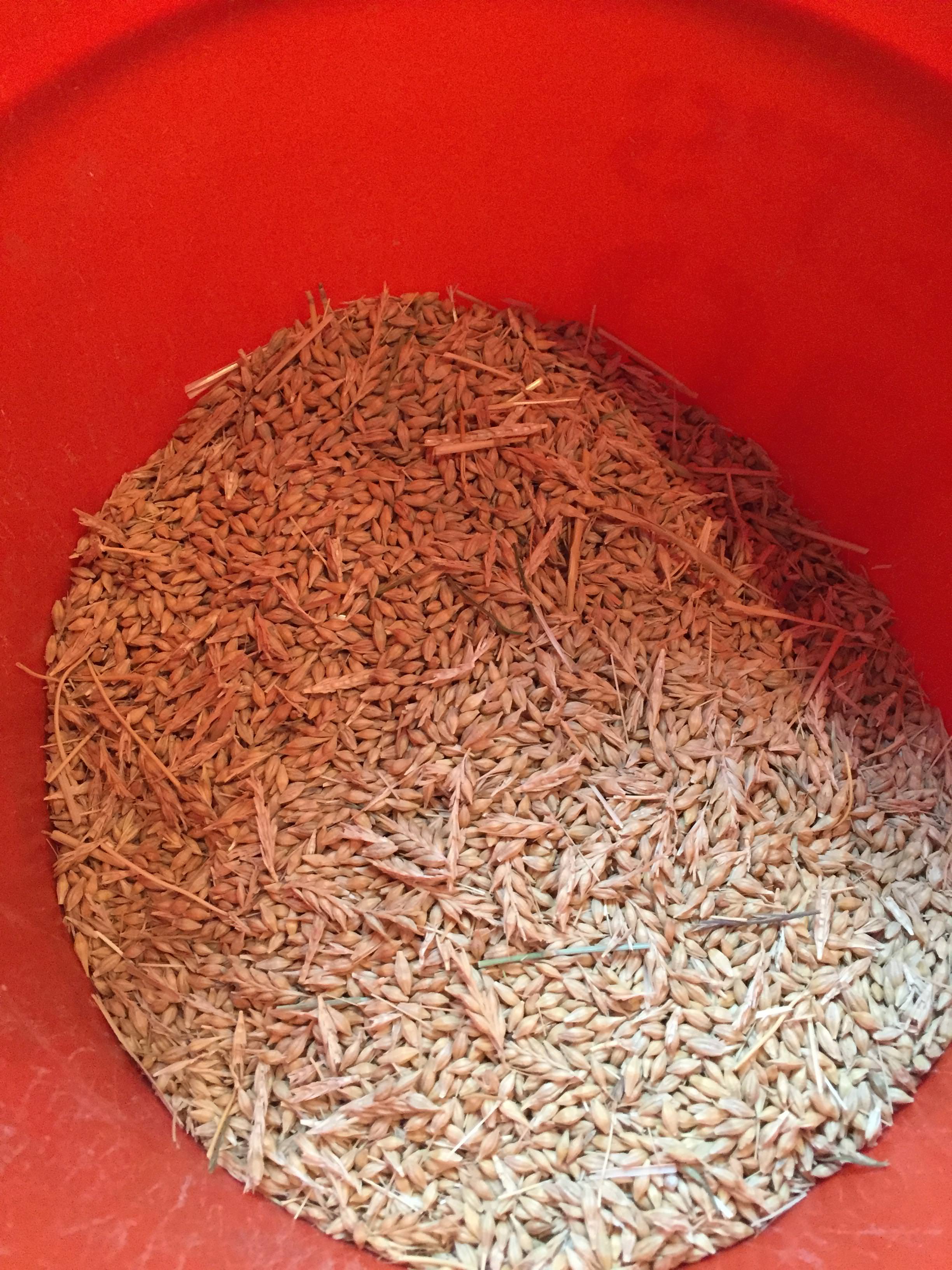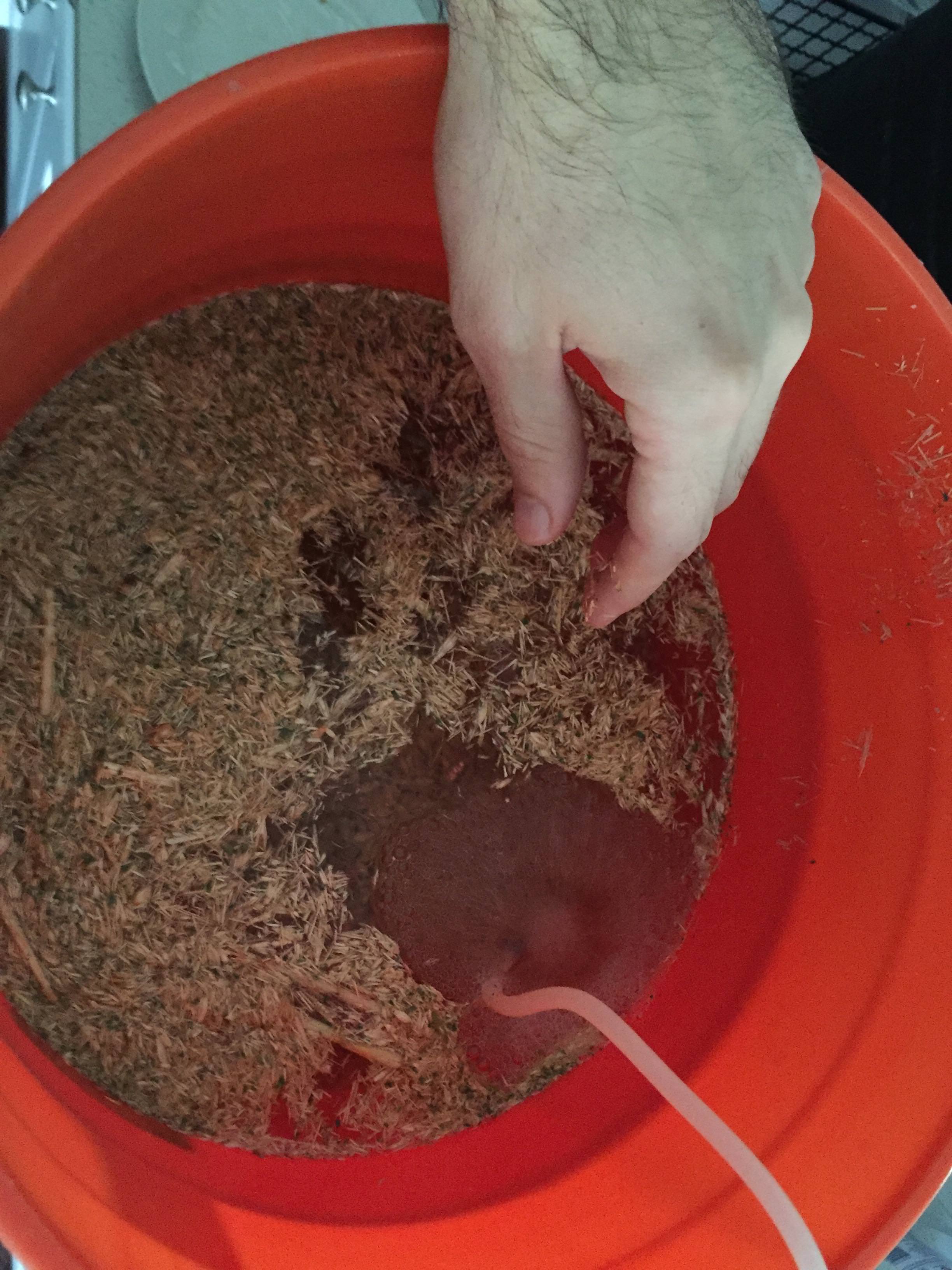CtrlMaltDel
Well-Known Member
- Joined
- Sep 20, 2016
- Messages
- 62
- Reaction score
- 27
A few points about the air circulator: I used a 1/2 inch air tube after the 3/4 inch tube running through the 1" pvc pipe seemed to block it up and made it difficult for the beer to also fit in the pvc pipe. When I finished up last night I couldn't really feel air at the other end of the pipe, so the 1/2 tubing might not be wide enough to allow air to flow. If it doesn't work I'll try fitting the 3/4 inch tube back in.
Second, the fan ought to have been attached to the box with the electric plug, not on the removable door piece. As I made it, the door doesn't really separate because the wire from the fan attach it to the plug on the box. A minor mistake there.
Also, I originally screwed the fan in the wrong way! That was a simple fit, too.
The directions I followed is in my post from the 19th.
Second, the fan ought to have been attached to the box with the electric plug, not on the removable door piece. As I made it, the door doesn't really separate because the wire from the fan attach it to the plug on the box. A minor mistake there.
Also, I originally screwed the fan in the wrong way! That was a simple fit, too.
The directions I followed is in my post from the 19th.


